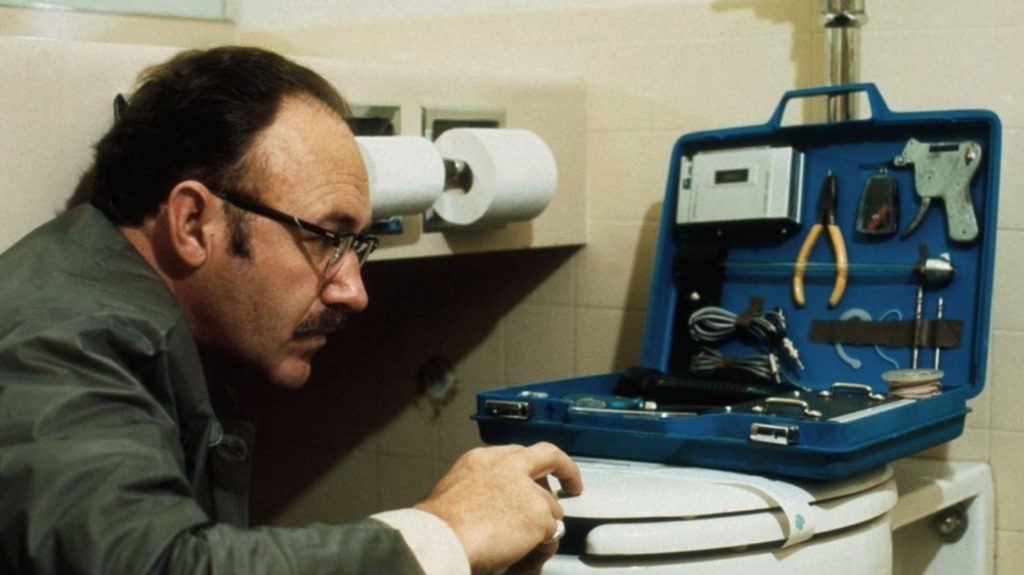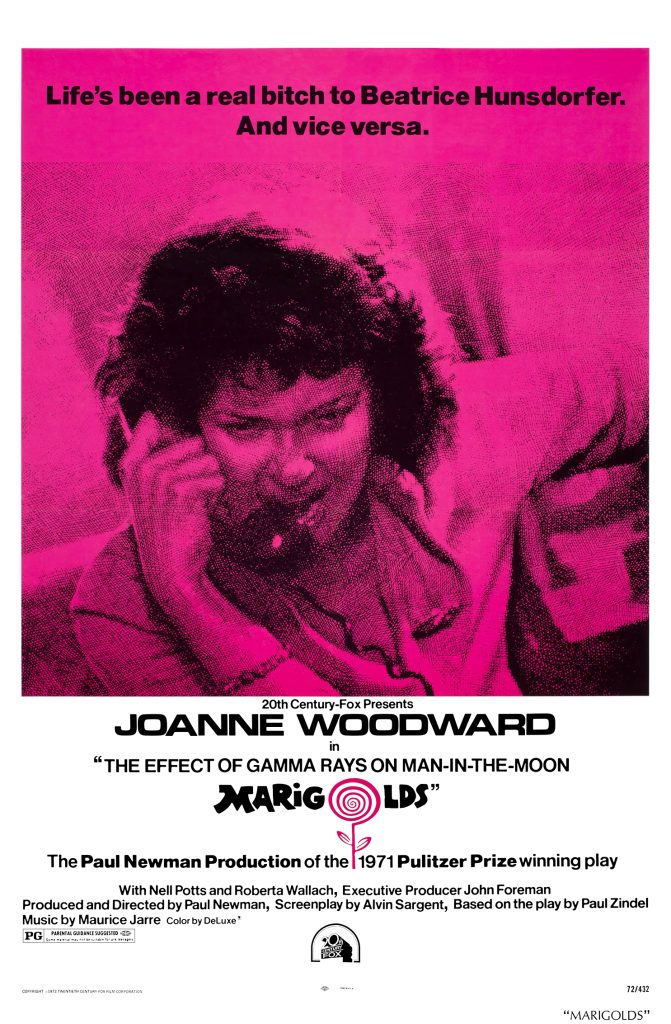“Network” (1976): A Prescient Satire of Media and Its Discontents – Film Review

Sidney Lumet’s 1976 film “Network” remains a searing critique of the television industry and its impact on culture and society. Written by Paddy Chayefsky, “Network” is more than just a film; it’s a prophetic exploration of the themes of media manipulation, corporate control, and the commodification of human experiences. Through its vivid characterization and biting commentary, “Network” anticipated many aspects of the media landscape that are prevalent today.
Crafting the Narrative of “Network”
“Network” tells the story of Howard Beale (Peter Finch), a fading TV news anchor who becomes a “mad prophet” after he’s fired, delivering impassioned rants that resonate with the public’s frustration. This sudden spike in ratings galvanizes the network executives, particularly programming chief Diana Christensen (Faye Dunaway), to exploit Beale’s tirades for commercial success. The film intricately layers multiple storylines, including the moral dilemmas faced by Max Schumacher (William Holden), Beale’s longtime friend and network executive, who is both attracted to and repulsed by the unfolding spectacle.
Behind the Scenes: The Making of a Media Critique
The creation of “Network” involved a unique blend of talents who were keenly aware of the film’s potential impact. Director Sidney Lumet and writer Paddy Chayefsky shared a vision for a film that was both entertaining and incisive in its critique of the television industry. Chayefsky’s script, which won him an Academy Award, is noted for its sharp dialogue and deep philosophical underpinnings. The writing process involved meticulous research into the workings of television networks, which informed the script’s authenticity and detail.
Cinematic Techniques and Visual Styling
Sidney Lumet’s direction in “Network” is characterized by a dynamic visual style that mirrors the emotional intensity and chaos of the newsroom environment. The use of handheld cameras and quick cuts serve to heighten the sense of urgency and realism, drawing viewers deeper into the high-stakes world of network television. Lumet worked closely with cinematographer Owen Roizman to develop a visual approach that could effectively convey the film’s satirical tone while maintaining a grounded sense of realism.
Performances That Defined an Era
“Network” features stellar performances that have become iconic in the annals of cinema. Peter Finch’s portrayal of Howard Beale, for which he posthumously won an Oscar, is particularly memorable for the raw energy and desperation he brings to the role. Faye Dunaway’s Diana Christensen is a formidable presence, embodying the ruthless ambition and moral ambiguity of her character with chilling effectiveness. William Holden, as Max Schumacher, provides a poignant counterbalance, offering a more introspective and conflicted view of the media circus unfolding around him.
Dissecting Key Scenes and Their Impact
“Network” is replete with powerful scenes that underscore its thematic complexity and prescient commentary. One such scene is Howard Beale’s initial breakdown on live television, which Lumet directs with a palpable sense of immediacy and disarray. This moment is not only pivotal for its narrative impact—triggering the subsequent events of the film—but also for its symbolic representation of the individual’s breakdown under societal pressures. The scene’s raw, unfiltered delivery by Peter Finch makes it one of the most memorable moments in cinematic history, encapsulating the film’s critique of the media’s role in shaping public discourse.
Another significant scene involves the corporate takeover talk by Arthur Jensen (Ned Beatty), the conglomerate head, who delivers a chilling monologue about the realities of global capitalism and media control. This monologue, set in a dimly-lit boardroom, is both a philosophical dissertation and a stark declaration of the emerging corporate-media landscape. Jensen’s speech, where he declares, “The world is a business,” effectively sums up the film’s cynical view of the commodification of all aspects of human life, including news and personal tragedies.
Behind-the-Scenes: Production Nuances and Challenges
The production of “Network” was marked by its adherence to realism and authenticity in portraying the broadcast news environment. Director Sidney Lumet insisted on filming in actual TV studios and using real-life media personnel where possible, to lend an authentic air to the depiction of the network’s operations. These decisions ensured that the film felt grounded in reality, making its satirical and critical points all the more biting.
Moreover, the script underwent several revisions to sharpen its commentary and ensure the dialogue resonated with the actors’ strengths. Paddy Chayefsky’s involvement throughout the filming process was crucial in maintaining the integrity of the film’s message. His insistence on sticking to the script was well-known, requiring the actors to deliver their lines with precision, reflecting Chayefsky’s belief in the power of well-crafted dialogue to convey complex ideas and emotions.
Reception and Critical Acclaim
Upon its release, “Network” garnered critical acclaim for its innovative narrative style, sharp wit, and incisive commentary. The film received multiple Academy Awards, including Best Actor for Peter Finch, Best Actress for Faye Dunaway, and Best Original Screenplay for Paddy Chayefsky, underscoring its impact across multiple facets of filmmaking.
Critics lauded the film for its bold narrative and the way it anticipated future trends in media and society. It has been celebrated in retrospectives and film studies courses for its visionary approach and its ability to remain relevant as media evolves. “Network” is often cited in discussions about media ethics, corporate influence, and the role of news in shaping public perception.
Legacy and Enduring Relevance
“Network’s” legacy is defined by its visionary critique of the media landscape, which continues to resonate with contemporary audiences. The film’s predictions about reality television, infotainment, and corporate mergers in the media industry have all come to pass, making it a prescient document of media evolution.
The film’s dialogue and scenes continue to be referenced in popular culture and media discussions, reflecting its deep penetration into American consciousness. “Network” is more than just a film; it is a critical lens through which to view the ongoing complexities of media influence in democratic societies.
In exploring “Network,” we see not just a film but a cultural artifact that continues to engage, challenge, and provoke audiences, serving as a stark reminder of the power of media to shape society and the need for vigilance in preserving the integrity of our informational ecosystems. As media continues to evolve, “Network” remains a crucial touchstone for understanding the intersections of media, society, and individual agency.




